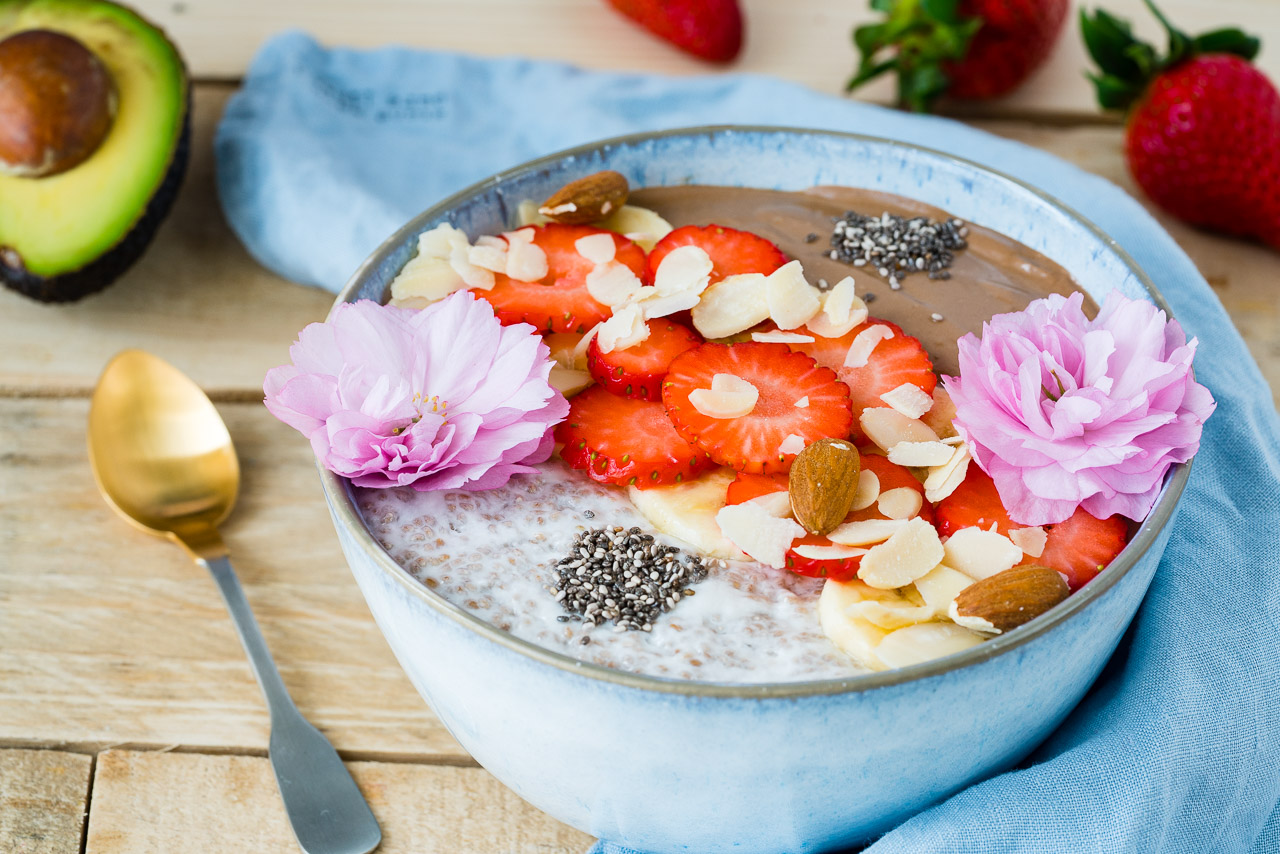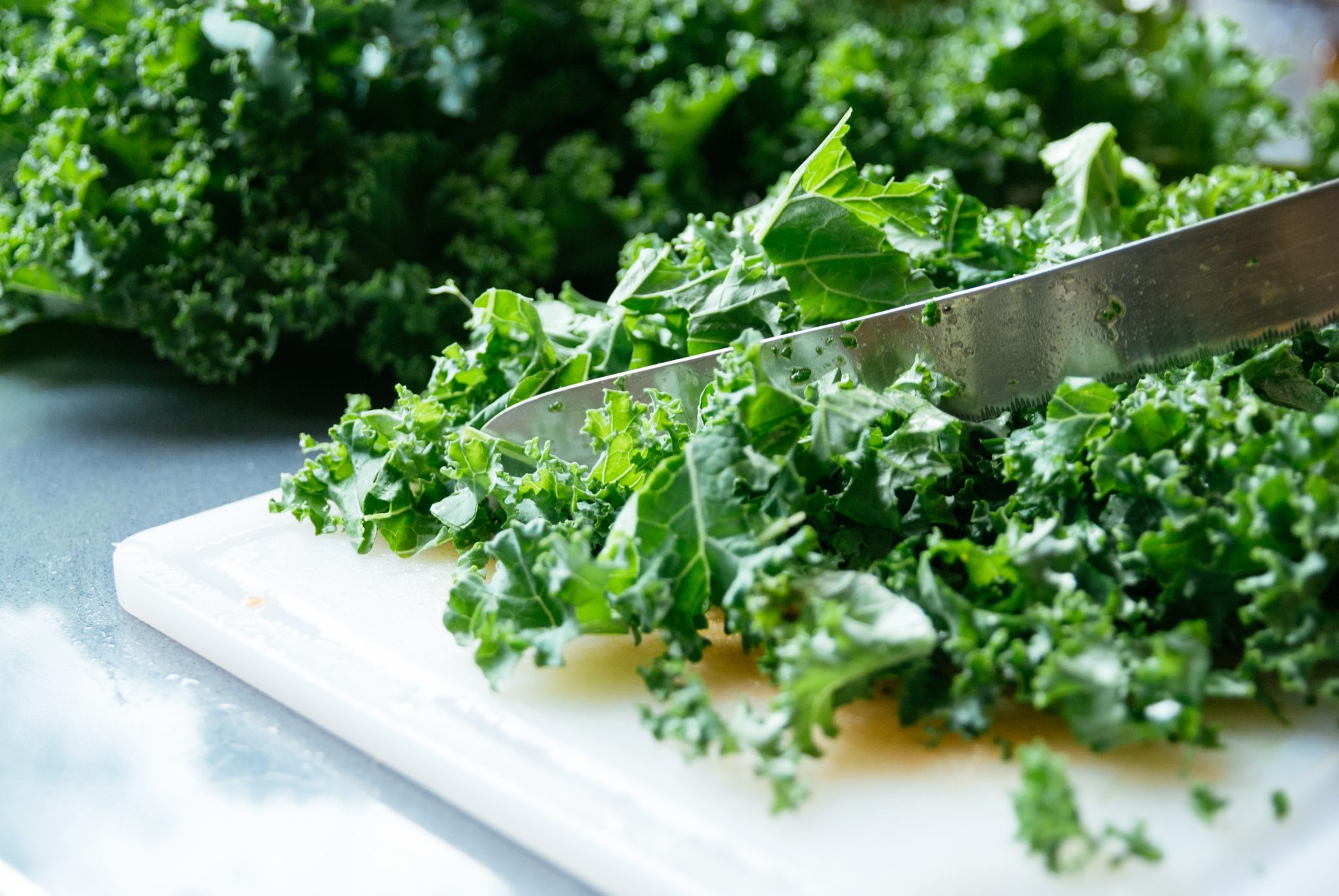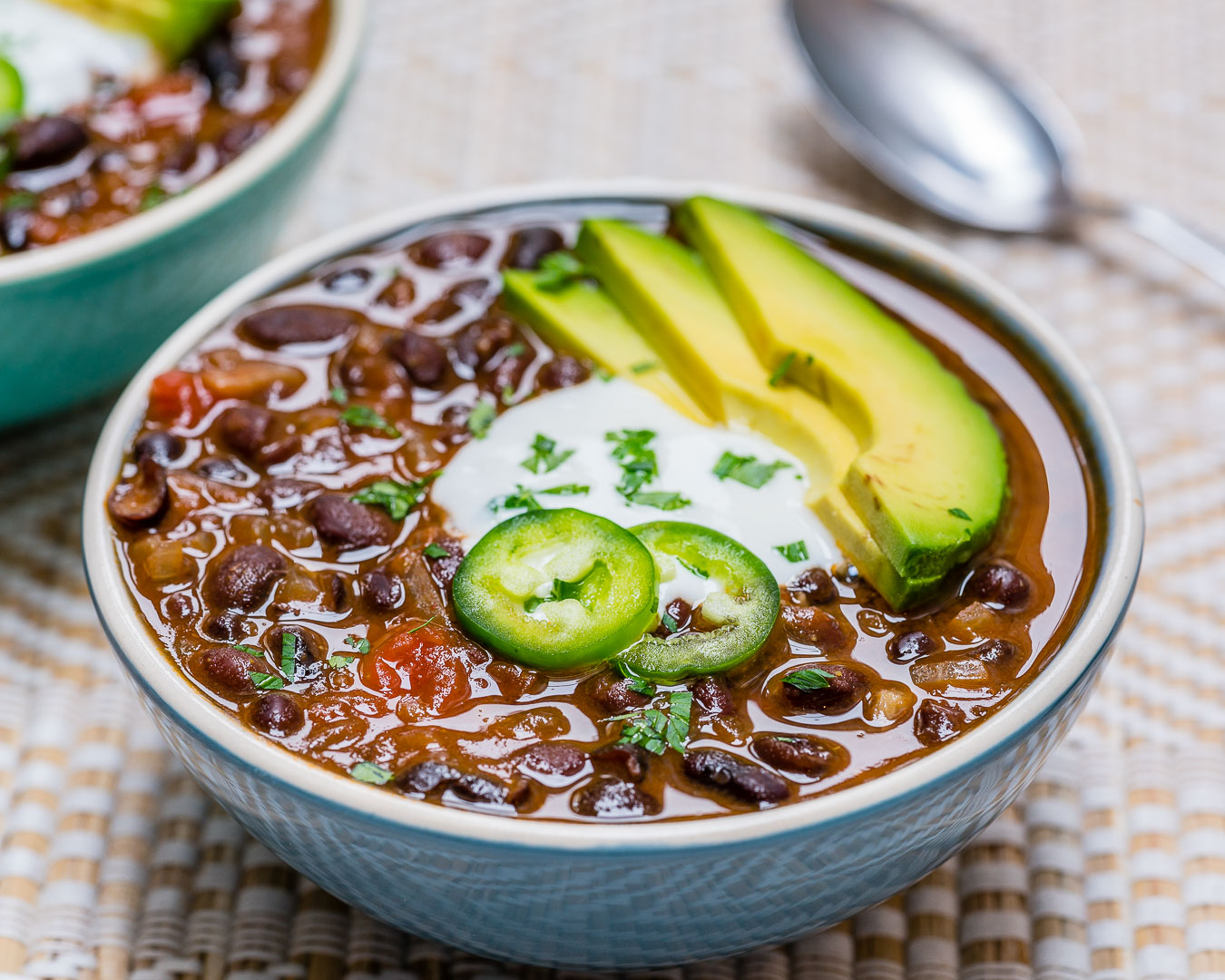Calcium is an essential nutrient and the most plentiful mineral in our bodies. This means it’s critical that we get enough of it from the food we eat. It’s common knowledge that calcium is good for maintaining strong bones and teeth. Nerve cells, body tissue, and our blood also require it for nerve signaling, blood clotting, muscle contracting, and maintaining a regular heartbeat.
When it comes to sources of calcium, many of us equate calcium with dairy. But dairy isn’t the only source (or necessarily the best option) when it comes to getting this mineral in our diet. This is good news for many of us because it’s estimated that around 65 percent of the human population is either lactose intolerant or has some form of sensitivity to dairy.
How Much Calcium Do We Need?
Before we look at different dairy-free sources, let’s get a sense of how much calcium we should be aiming for each day.
The latest recommended daily allowance or RDA for most adults is between 1,000 and 1,200 mg. Growing kids and teenagers need a bit more, 1,300 mg, as these years are when a large part of our bone growth occurs. Those numbers may seem high but one thing to understand is that we don’t absorb all of the calcium we consume.
These recommendations are based on the assumption that we will absorb around 30 percent of the calcium consumed. This means that our body’s need 300-400 mg of calcium to function properly but we should be consuming more than that to meet our needs.
While calcium is important and we need a good amount of it, we don’t want to get too much either. It’s best to stick to the RDA when it comes to calcium intake as too much of the mineral can cause kidney stones, stroke, heart attack, and other heart-related problems.
Women and Bone Health
Women and men may both develop osteopenia and osteoporosis. Women especially may be more prone to developing these things due to more drastic hormonal changes, living longer than man, and having lower bone mass in general. It is also more common for women to follow restrictive diets and therefore have a lower average intake of calcium and other nutrients in general. Let’s take note of this important information and be vigilant about nourishing our bodies through a healthy, balanced diet.
Other things we can do to support bone health throughout life, beyond Clean Eating, are staying active, not smoking, and limiting alcohol intake.
Non-Dairy Food Sources of Calcium
Dark leafy greens, cruciferous veggies, fish with the bones in, certain nuts, seeds, and legumes are all healthy calcium-rich options. Let’s take a closer look at just how much calcium they can offer us as well as some delicious calcium-rich food combos to set you up for success.
 Magnesium Mood-Boosting Chia Bowl
Magnesium Mood-Boosting Chia Bowl
The following are just some of the excellent options of foods that are calcium-rich and dairy-free.
- Collard Greens
- Almonds
- Almond Butter
- Blackstrap molasses
- Oranges
- Navy beans
- Broccoli
- Pinto beans
- Chia Seeds
- Sunflower Seeds
- Turnip greens
- Arugula
- Oats
- Bok choy
- Canned salmon with bones
- Tahini
- Dried figs
- Kale

Here are some final tips to help you get the most out of the calcium you are consuming.
1. Consider Other Bone-building Nutrients
In order to do its job, calcium requires the help of a few other nutrients, namely vitamin D, vitamin K, and magnesium. Magnesium helps convert vitamin D into its active form. The active form of vitamin D then helps our body to absorb the calcium that we take in. Vitamin K ensures that calcium ends up where it belongs – mainly in our bones – and out of our arteries.
Nature is smart because many of the foods that contain calcium also contain these nutrients. For example, dark leafy greens are great sources of vitamin K and magnesium. Sardines and salmon contain vitamin D which helps improve the calcium absorption.
2. Eat A Variety of Foods
Because nutrients rely on each other in order to do their jobs, it’s important to eat a clean diet filled with a variety of nutrient-rich fruits and vegetables. As an added bonus, these foods are rich in antioxidants which play a role in protecting our bone health. Protein also has a bone-protective effect, so including healthy protein sources such as beans, grass-fed meats, and nuts is also important!
3. Increase Absorption
Finally, there are a few other things to consider when it comes to calcium absorption. While most greens contain calcium, some of them such as spinach are high in oxalates which reduce calcium absorption.
Cooking greens have been shown to greatly reduce the oxalates which makes calcium more bio-available.
Eating fermented foods that contain probiotics such as kimchi and sauerkraut, can help the body assimilate more nutrients from the foods we eat. Fermented foods make a great addition to most meals.
To sum it up, there are plenty of healthy whole food options when it comes to getting enough calcium. If you are dairy free for personal or health reasons, you can easily meet your calcium requirements by Eating Clean – which is a varied diet of fruits, vegetables, legumes, animal proteins, nuts, seeds, and whole grains.
Sources:
https://ghr.nlm.nih.gov/condition/lactose-intolerance#statistics
from Clean Food Crush http://bit.ly/2HOdF9f





No comments:
Post a Comment